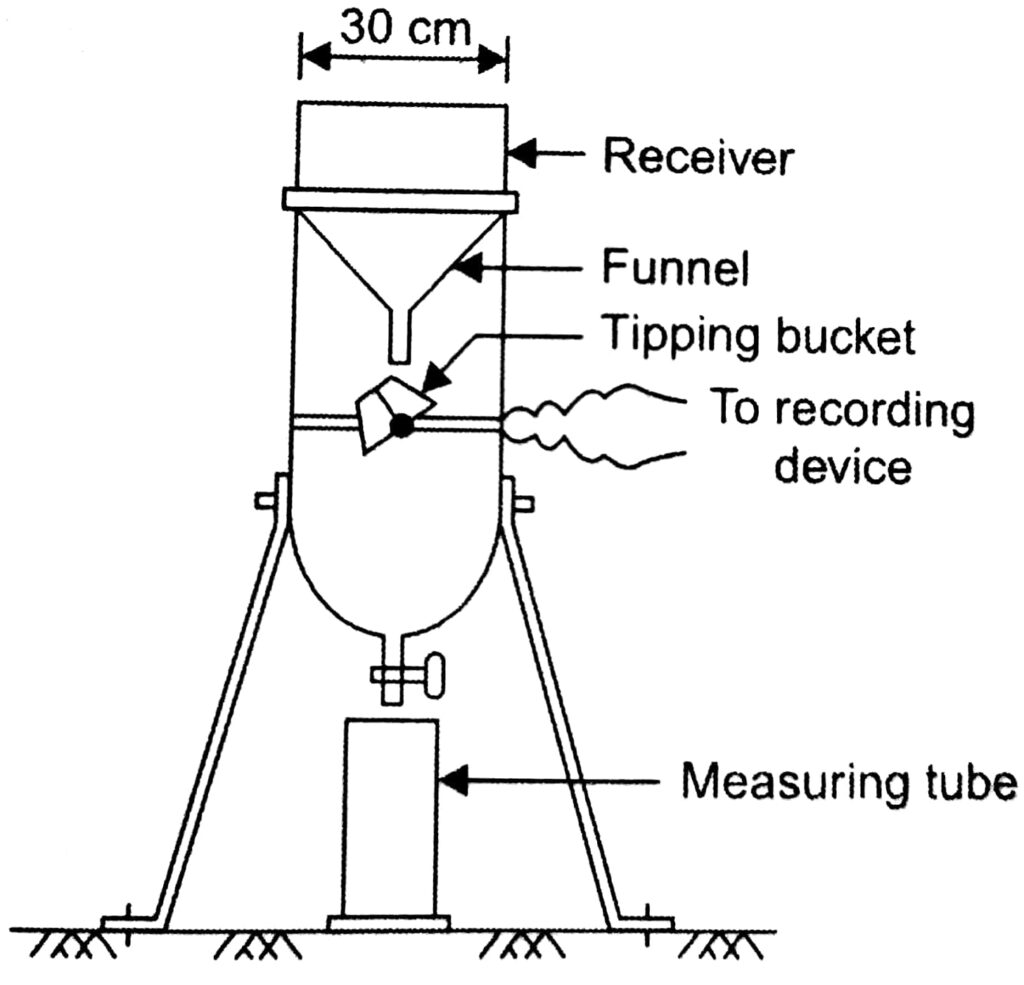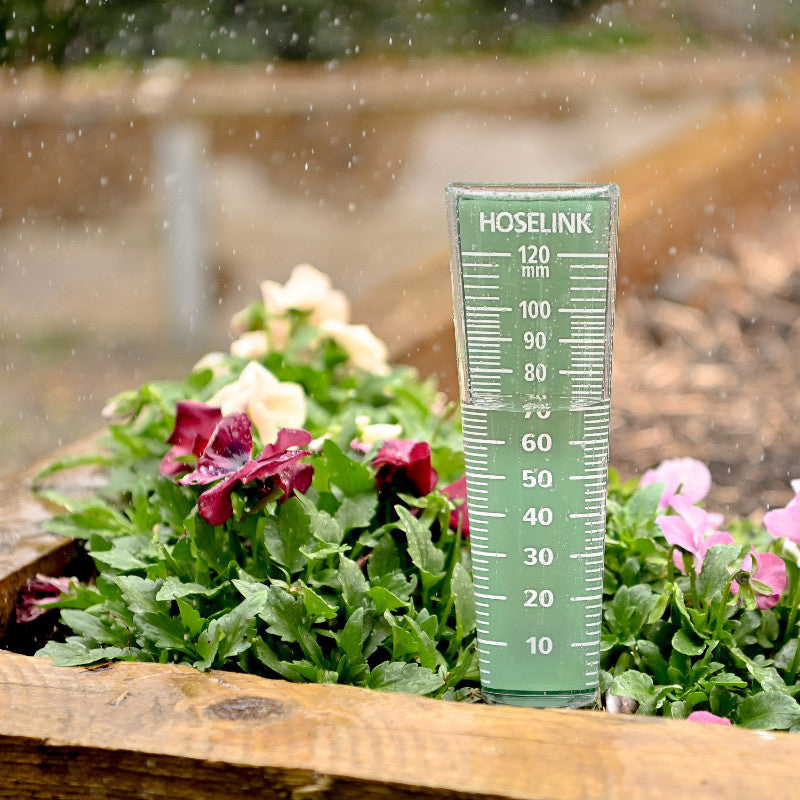The Advantages of Installing an Accuracy Rain Gauge for Your Weather Station
The Advantages of Installing an Accuracy Rain Gauge for Your Weather Station
Blog Article
Revealing the Scientific Research Behind Rain Determines: How These Tools Play a Critical Role in Climate Study and Ecological Monitoring
Rainfall determines, apparently straightforward tools, hold an extensive significance in the world of environment research study and environmental tracking. As we peel back the layers of this scientific shroud surrounding rainfall determines, we uncover a world where precision, data accuracy, and thorough monitoring assemble to introduce a much deeper understanding of our changing environment and its effect on the world.
Significance of Rain Scales
Rainfall evaluates play a vital function in monitoring and gauging rainfall levels, supplying vital data for environment research study and analysis. These tools are essential in quantifying the quantity of rains that occurs in a details location over a certain duration. By accumulating and determining rainwater, rainfall evaluates deal important understandings into the distribution and strength of precipitation, assisting meteorologists, hydrologists, and climatologists in comprehending weather patterns and fads.
One of the vital reasons rainfall assesses are important is their ability to give localized and precise data. Unlike satellite or radar-based dimensions, which offer wider monitorings, rain determines offer exact details particular to the area where they are placed. This localized information is vital for different applications, consisting of flooding projecting, drought tracking, and water source management. Additionally, long-lasting data gathered from rain assesses helps in analyzing climate modification effects and patterns, contributing significantly to scientific research study and decision-making procedures. In significance, rain evaluates work as important devices in the area of meteorology and ecological science, playing a vital function ahead of time our understanding of climate and climate characteristics.
Sorts Of Rain Gauges

Performance and Operation
In the realm of environment research and meteorological research studies, the effectiveness of rainfall gauges depend on their intricate performance and exact operational mechanisms. Rainfall gauges are created to properly gauge the quantity of rainfall that falls over a particular location throughout a collection duration. These gadgets typically are composed of a channel that collects rain and channels it into a measuring tube. The determining tube is noted with calibrated measurements that permit the precise metrology of rainfall.
The functionality of rain evaluates is based on the principle of gathering and gauging rainwater in a standardized way. This gathered data is essential for understanding local weather condition patterns, tracking long-term climate patterns, and assessing ecological influences. To ensure exact measurements, rainfall determines demand to be tactically positioned in open locations away from obstructions such as buildings or trees that can hinder the collection process.
The functional element of rain determines involves normal maintenance to stop debris buildup, calibration checks to preserve measurement accuracy, and data tape-recording for evaluation (rain gauge). Generally, the functionality and procedure of rain assesses are important for collecting trusted rainfall data important to climate research and environmental surveillance
Function in Climate Research
Provided the critical value of exact precipitation measurements in recognizing climate patterns and environmental influences, the duty of rainfall gauges check out here in environment study is vital. Rainfall evaluates offer essential information for climate study by measuring the quantity of rainfall that tips over a details location during a given period. This data is critical for monitoring lasting fads in precipitation patterns, evaluating the impact of climate adjustment on rains distribution, and enhancing climate designs.

Climate researchers use data gathered from rainfall gauges to assess variants in precipitation degrees, recognize regional environment trends, and review the performance of water resource monitoring approaches. By contrasting historical precipitation information with present measurements, scientists can discover changes in rainfall patterns, such as modifications in the frequency or intensity of rainfall occasions. This info is vital for recognizing exactly how climate modification is influencing rainfall characteristics and can help policymakers make educated choices concerning adaptation and reduction strategies.
Applications in Ecological Surveillance

In flooding projecting, rain gauge information aids to track rainfall strength and circulation, allowing authorities to provide timely cautions and take necessary actions to minimize flood dangers (rain gauge). Dry spell surveillance relies upon rain gauge you could try here information to evaluate wetness degrees in the soil and track precipitation deficiencies, helping in the identification of drought-prone areas and the application of drought reaction methods
Additionally, rain scale data plays a crucial duty in water source monitoring by giving info on water availability and usage trends. Additionally, in farming, rain gauge data helps farmers in optimizing watering routines, crop selection, and overall farm monitoring techniques based on neighborhood precipitation patterns.
Final Thought
In conclusion, rainfall determines are essential devices for gauging rainfall, offering valuable data for environment study and ecological surveillance. With numerous types and capabilities, rain gauges play a critical duty in comprehending rainfall patterns and their effect on the atmosphere. By properly measuring rains, these tools add to the development of scientific understanding review and assistance in making informed decisions related to water resource monitoring and calamity readiness.
Rainfall gauges play a vital role in surveillance and determining precipitation degrees, supplying necessary data for climate research study and analysis. The common rain scale, understood as the "tipping pail" gauge, is one of the most generally used tools. Ultrasonic rainfall gauges use noise waves to identify the presence of rainfall, supplying real-time information on rainfall levels.Environment scientists use data gathered from rain gauges to assess variants in precipitation degrees, recognize local climate fads, and evaluate the efficiency of water resource management techniques.In final thought, rainfall gauges are important devices for measuring rainfall, supplying useful data for environment study and environmental tracking.
Report this page